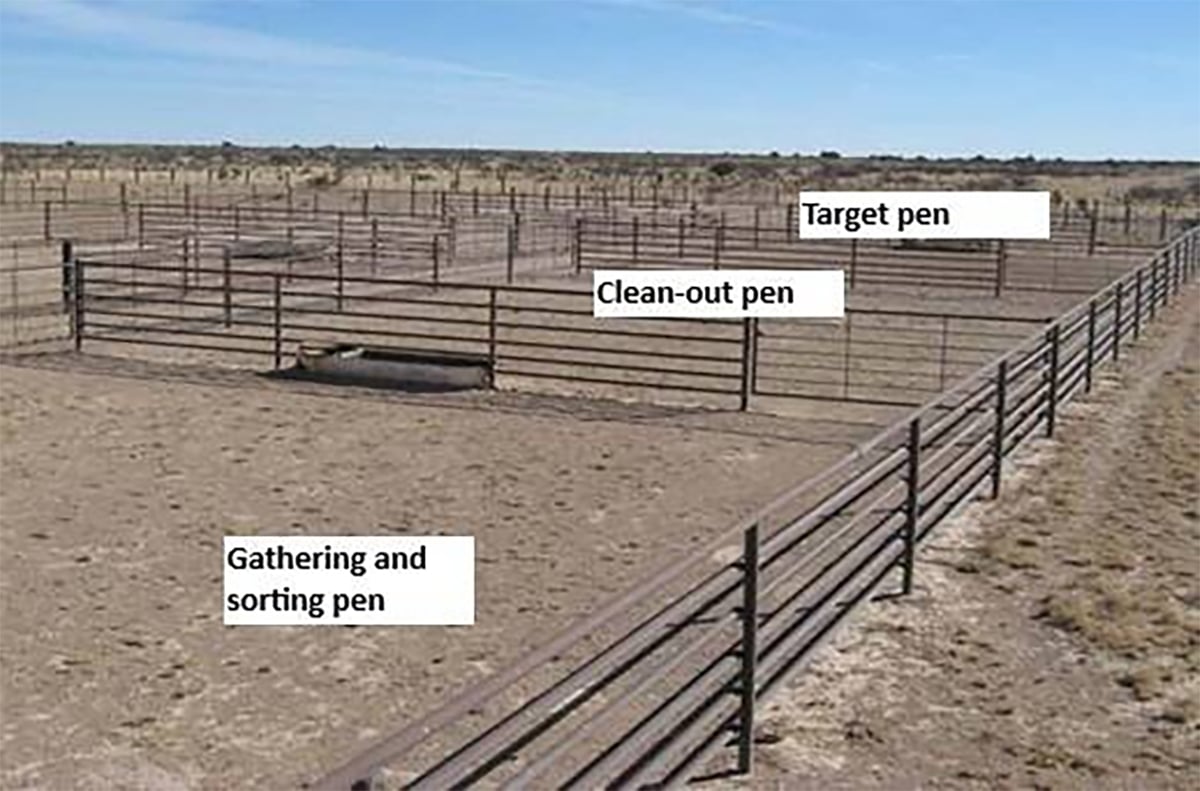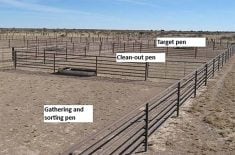A DNA-supported livestock traceability system might not be that far off.
Brian Van Doormaal, general manager of the Canadian Dairy Network, said industry will soon apply for government money to help fund the National Dairy Cattle Genomics Initiative.
The dairy industry has already approved its participation in the five-year, $40-million project that will collect DNA and link it to the ear tag number required for the national identification system.
The decision to go forward came after a successful pilot project between 2005 and 2007. It looked at using a tag system that could collect DNA in a practical and cost effective way.
Read Also

Teamwork and well-designed handling systems part of safely working cattle
When moving cattle, the safety of handlers, their team and their animals all boils down to three things: the cattle, the handling system and the behaviour of the team.
This would support parentage verification, animal traceability, genomics research and genetic evaluation, said Van Doormaal.
The DNA was captured in a small vial formed as the tag went through the ear tissue. Although DNA could be captured elsewhere, Van Doormaal said linking it to the RFID tag used by the Canadian Cattle Identification Agency makes good sense.
“The cost of adding DNA to the current system is relatively small if the two systems are integrated,” he told the Dairy Farmers of Canada annual meeting in Regina.
The Caisley electronic ear tag, for example, would add about 25 cents to the current tag cost, he said.
The vials can be kept, at room temperature, until a producer is ready to send them in.
The pilot project involved about 2,700 cows in 39 herds. Ninety-six percent were successfully tagged.
To simulate what would happen if an ear tag was lost, the project took 46 animals out of the system, sent in hair to match against the DNA samples and had 100 percent success in finding the animals.
Van Doormaal said the dairy initiative would be the first step to implementing the process in that industry and then other livestock could follow.
It will include about 300,000 head out of a million, which Van Doormaal agrees is just a start to full traceability.
“The vision in there is that every newborn calf in the dairy industry that is going to be registered in breed association herd books and already requires that registration number, that number would also be used to collect DNA from those animals,” he said.
Dairy farmers are providing in-kind contributions through the work required to tag their animals. The project needs $16 million from the government.
Susie Miller, director general for Agriculture Canada’s food value chain bureau, told the meeting that there is money available to help the livestock industry implement traceability. It will be available under the Growing Forward program, likely through AgriFlexibility.
Genome Canada is another possible funding source because the project is broader than just traceability.
Kerry St. Cyr, executive director of the CCIA, said it makes sense to start capturing genomic data now. As breed associations or the dairy network collect information, it can be inserted into the CCIA system later.
Van Doormaal said that while some people are concerned about the ethical issues surrounding DNA capture, few are likely to complain if it means limiting disease threats.
The DNA can also be used to identify the genes responsible for diseases like Johne’s.
“Healthy cows produce healthy dairy products and that’s what the consumer wants,” Van Doormaal said.















